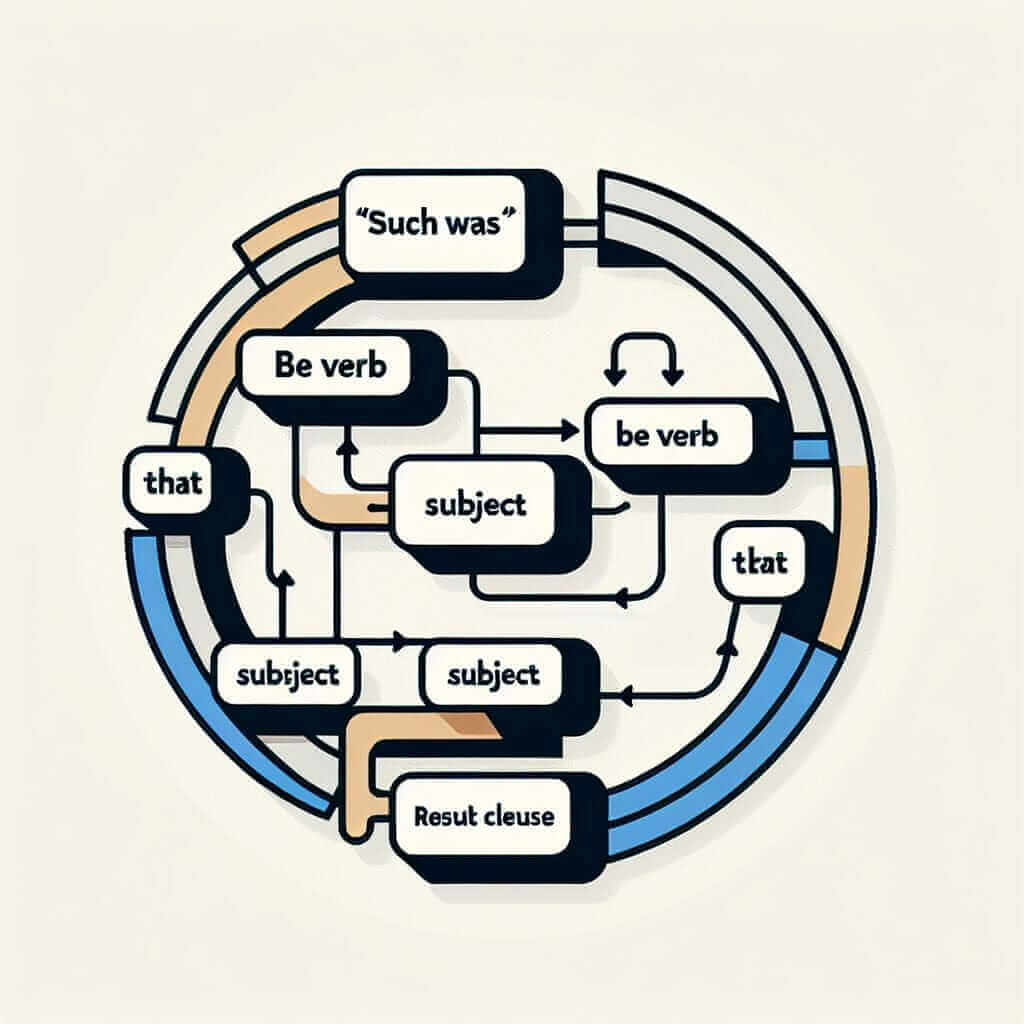The phrase “such was…that” might seem like something out of a Jane Austen novel, but believe it or not, it can be your secret weapon for adding sophistication and impact to your IELTS writing! This construction is used to emphasize the degree of something, leading to a significant result.
Nội dung bài viết
Let’s look at a few examples of how you can weave this structure into your writing:
- Speaking Part 2: “…and the atmosphere was electric. Such was the excitement that people were literally jumping up and down with joy.”
- Writing Task 1 (describing a dramatic trend): “By 2020, the use of smartphones had skyrocketed. Such was the increase in demand that mobile data usage tripled in just two years.”
- Writing Task 2 (emphasizing a point): “Pollution poses a severe threat to our planet. Such is the urgency of the situation that immediate action is paramount.”
In each of these cases, “such was…that” helps to create a dramatic pause and emphasize the significance of the situation. Now, let’s break down how it works and how you can use it effectively.
Understanding “Such Was…That”
This structure follows a specific pattern:
Such + be verb (was, were) + subject (noun phrase) + that + result clause
Meaning and Use in IELTS
“Such was…that” is a formal way of saying “something was so intense/extreme that it led to a particular result.” It’s particularly useful in the following scenarios:
- Describing trends (Writing Task 1): To highlight the impact of a significant change.
- Presenting arguments (Writing Task 2): To underscore the importance of an issue or the severity of its consequences.
- Adding detail and emphasis (Speaking and Writing): To make your narratives and descriptions more vivid and engaging.

Mastering the Structure
Here’s the formula, broken down for clarity:
Such was [the intensity/degree of something] that [result].
Let’s apply this to different IELTS contexts:
1. IELTS Writing Task 1
- Example: The graph illustrates a sharp decline in newspaper readership. Such was the drop in sales that several publications were forced to close down.
Analysis: This sentence effectively highlights the severity of the decline (“sharp decline”) and its significant consequence (“publications were forced to close down”).
2. IELTS Writing Task 2
- Example: Many argue that technology has made us increasingly isolated. Such is the pervasiveness of social media that genuine human interaction is becoming a rarity.
Analysis: The use of “such is the pervasiveness” emphasizes the widespread impact of social media, leading to the consequence of reduced human interaction.
Aiming Higher: Tips for Band 7+
- Vary your vocabulary: Instead of repeating “such was,” consider using synonyms like “so great was,” “so profound was,” or “to such an extent was.”
- Combine with other structures: Use this construction alongside other complex grammatical structures to demonstrate a wider range of grammar. For instance: “Not only was the music incredibly moving, but such was its power that it brought tears to the eyes of many listeners.”
Common Errors to Avoid
- Incorrect word order: Ensure you maintain the correct structure: “Such + be verb + subject + that.”
- Using in informal contexts: This structure is quite formal and may sound out of place in the Speaking test, especially in casual conversation.
Conclusion
Mastering the “such was…that” construction can add a touch of sophistication and emphasis to your IELTS writing, helping you achieve a higher band score. Remember to practice using this structure in various contexts and experiment with different vocabulary to enhance your writing further!